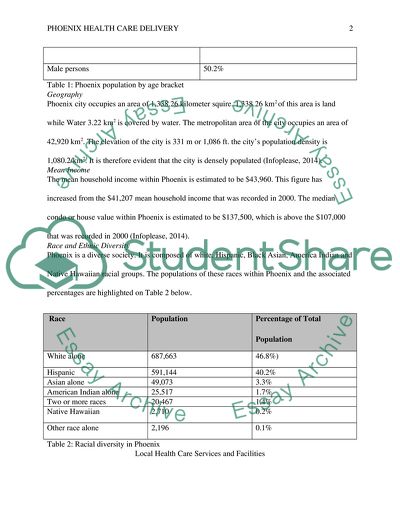Cite this document
(Not Found (#404) - StudentShare, n.d.)
Not Found (#404) - StudentShare. https://studentshare.org/medical-science/1819960-evaluating-local-healthcare-delivery
Not Found (#404) - StudentShare. https://studentshare.org/medical-science/1819960-evaluating-local-healthcare-delivery
(Not Found (#404) - StudentShare)
Not Found (#404) - StudentShare. https://studentshare.org/medical-science/1819960-evaluating-local-healthcare-delivery.
Not Found (#404) - StudentShare. https://studentshare.org/medical-science/1819960-evaluating-local-healthcare-delivery.
“Not Found (#404) - StudentShare”. https://studentshare.org/medical-science/1819960-evaluating-local-healthcare-delivery.


